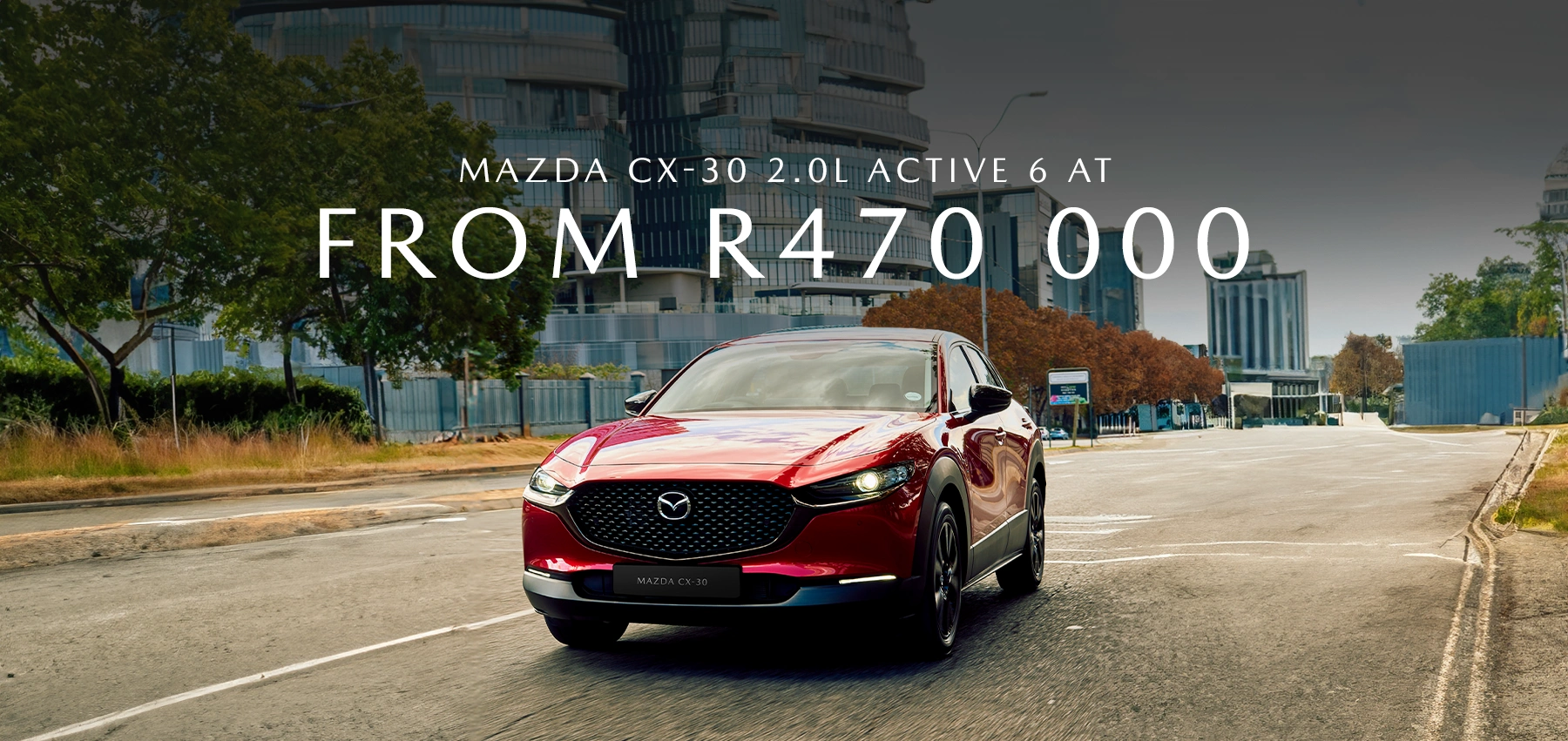Mazda’s latest tech will improve comfort, stability and grip!
Mazda has revealed a new engine control technology that helps improve comfort, stability and grip, which is called G-Vectoring Control (GVC). The system limits the torque from the engine to create a smooth transition between G-forces. It works at all times, measuring steering wheel movements every five milliseconds – bringing benefits on both straight roads and during cornering.
Integrated Control System manager Toru Yoshioka told Auto Express: “This system encourages the driver to operate the vehicle like an expert driver.”
It does so by optimising the vertical load on different corners of the car, in the same way that a racing driver would modulate their inputs on the throttle during cornering. Because this system uses super-fast computers, it’s said more accurate than a person could ever be.
Mazda says the system is designed to go unnoticed by the driver, and that’s the exact impression we got on the Mazda 3 and Mazda 6 models we tried.
It feels natural and helps with smoother more efficient driving. Mazda says the system is part of a human-cantered design philosophy, and will also help your body prepare itself better for corners. Because the steering response feels more natural, you are better prepared to absorb the movement as you go around a corner.
Mazda’s latest range of Skyactiv engines and chassis were the only units able to support the system, which has actually been in development for around six years. Unlike torque vectoring, the GVC system increases grip rather than the amount of wheel rotation – but the key difference is that it can be fitted using only engine software and sensors. That means it can be fitted to any current Mazda without much extra cost – so it’s expected to come as standard on the updated versions of the whole range.
Mazda isn’t saying which car will get the system first. We expect to see the first car with GVC getting it as part of a mid-life facelift, however, which is likely to be the Mazda 3 hatchback.
Mazda G Vector







